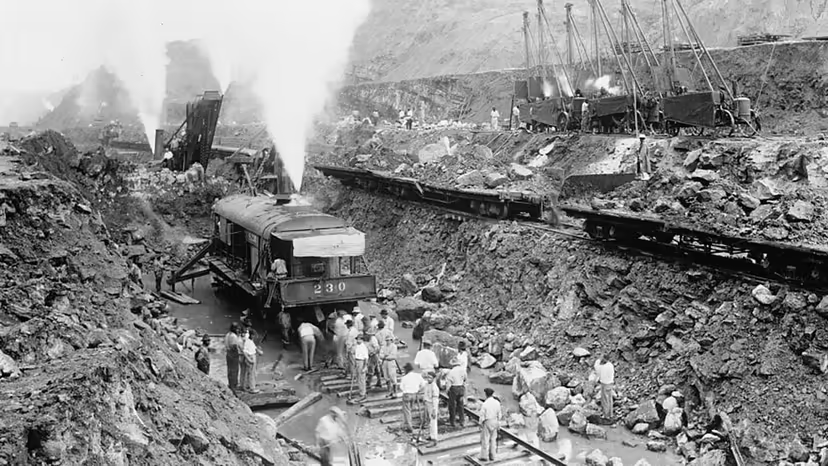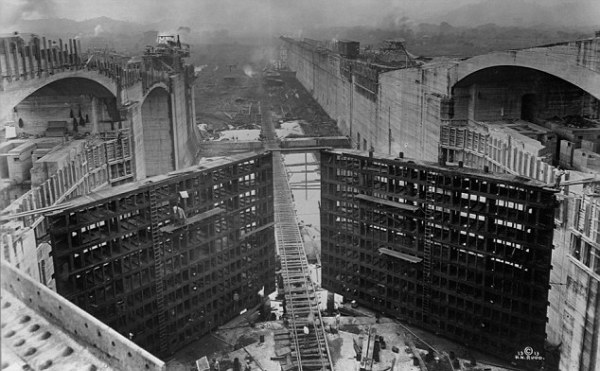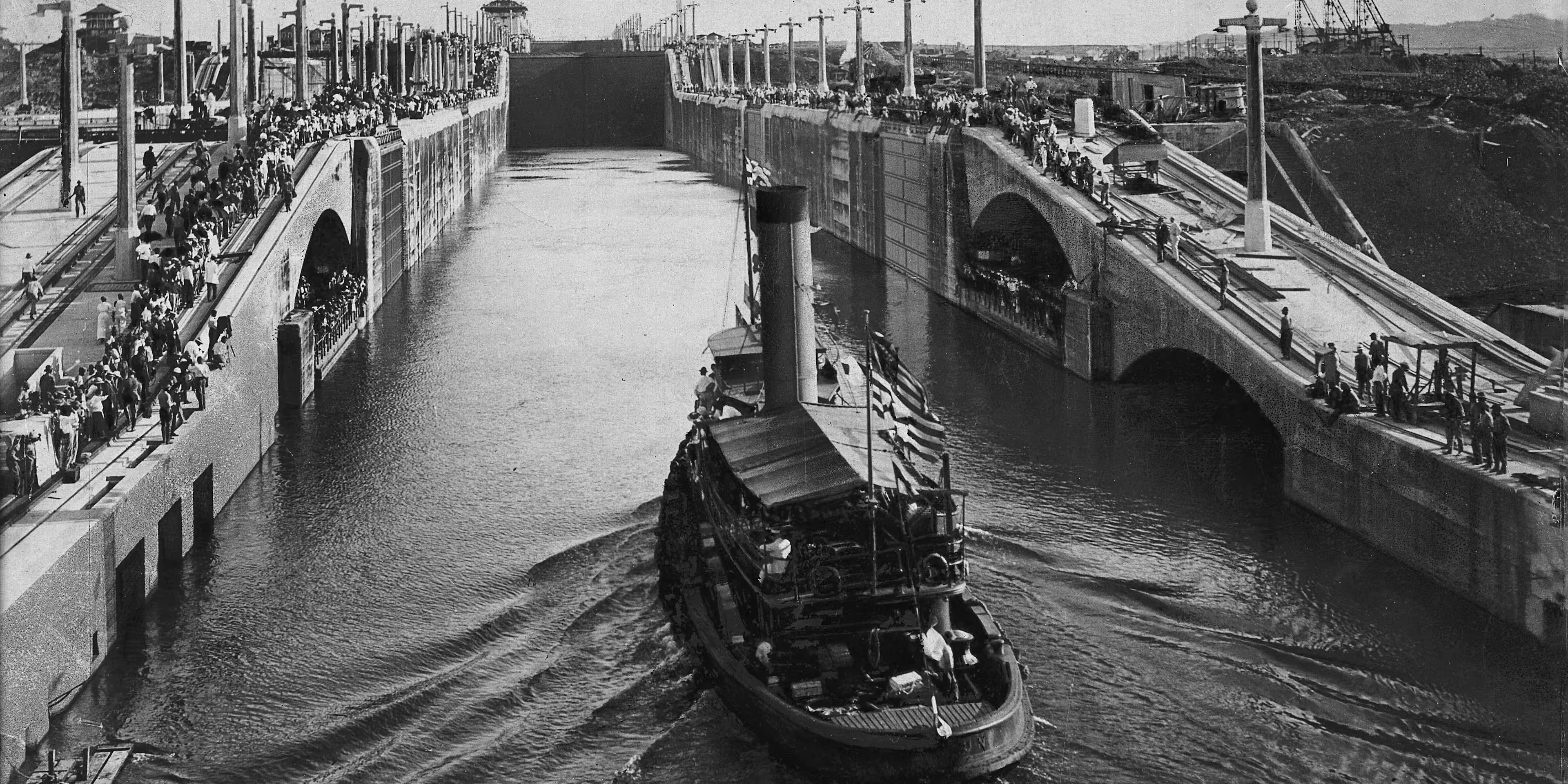THIS MONTH IN ENGINEERING | August 15, 1914 - Engineering the Impossible – what it took to cut through 50 miles of earth and connect two oceans.
- Rebeka Zubac

- Aug 18
- 2 min read
On 15 August 1914, the SS Ancon made the first official passage through the Panama Canal, a project that redefined global trade. Cutting 80 kilometres across Central America, the canal turned a months-long voyage around Cape Horn into a 10-hour crossing.
But the shortcut came at extraordinary cost. More than 22,000 men died during construction, many from malaria and yellow fever. Beyond the human toll, the engineering challenges were staggering: 200 million cubic metres of earth moved, the Culebra Cut carved through the Continental Divide, and an entirely new artificial lake Gatun, created to feed the locks.
The lock system itself was the real innovation: 46 steel gates, each up to 82 feet tall and weighing over 600 tonnes, operated not by motors but by gravity-fed water. The Miraflores locks, the tallest, had to account for Pacific tides. Pumps, sluices, and valves worked together in a precisely sequenced choreography, one that allowed an ocean-going ship to rise and fall as if it were in a mechanical elevator.
Behind this achievement were engineers like John Stevens, who reorganised the workforce and introduced the lock-based design, and George Goethals, the army engineer who brought the project to completion with unrelenting discipline. Their leadership shows how engineering is never only about structures; it’s about logistics, systems thinking, and protecting lives under pressure.
For Goldfish & Bay, this story resonates because it is about more than excavation. It is about systems: water control, hydraulics, mechanical resilience, and safety in hostile conditions. The same fundamentals apply today, whether we are designing flood barriers for basements, fire and smoke control for underground car parks, or hydraulic systems in high-rise cores.
A century later, the Panama Canal still carries 5% of the world’s trade, proof that when engineering systems are designed with foresight, they endure.
Sources:
The Engineer | Smithsonian Institution | PBS American Experience | U.S. Army Corps of Engineers | ASCE Archives | Library of Congress Panama Canal Collection | ENR
#ThisMonthInEngineering #GoldfishAndBay #EngineeringHistory #InfrastructureDesign #HydraulicEngineering #MechanicalDesign #WaterManagement #EngineeringLeadership























